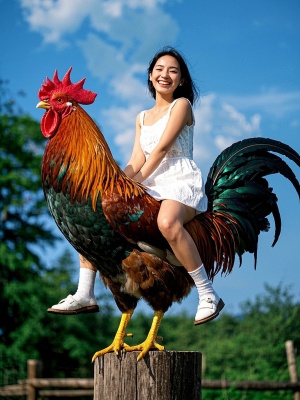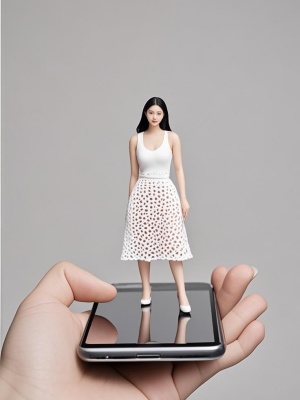The Vibrant World of Colorful Vector Art: A Comprehensive Guide
Introduction
Colorful vector art has revolutionized the digital design landscape with its crisp lines, bold hues, and infinite scalability. Unlike raster images that pixelate when enlarged, vector graphics maintain their sharpness at any size, making them ideal for logos, illustrations, and branding materials. This article explores the power of colorful vector art, its applications, and how to create stunning designs that captivate audiences.
Why Choose Vector Art for Colorful Designs?
Scalability Without Quality Loss
The mathematical precision of vector graphics ensures your colorful designs remain sharp whether printed on a business card or a billboard. This makes vector art perfect for branding elements that need to appear across multiple mediums.
Vibrant Color Capabilities
Vector software like Adobe Illustrator allows designers to work with:

- Pantone color libraries for precise brand colors
- Gradient meshes for smooth color transitions
- Global swatches for easy color scheme adjustments
Creating Impactful Colorful Vector Art
Color Theory Fundamentals
Successful vector art begins with thoughtful color selection. Consider:
- Complementary colors for high contrast
- Analogous schemes for harmony
- Triadic palettes for vibrant energy
Problem-Solution Matrix
| Common Problem | Vector Art Solution |
|---|---|
| Pixelation in large prints | Vector paths maintain crisp edges |
| Color inconsistency across media | CMYK/RGB color mode control |
| Complex edits to existing artwork | Non-destructive vector editing |
Applications of Colorful Vector Art
From digital galleries to commercial branding, vector art serves numerous purposes:
- Logo design and brand identity systems
- Infographics and data visualization
- Web and mobile app interfaces
- Packaging and product design
For special occasions, check out our wedding vector art collections that bring celebrations to life with vibrant colors.
Tools and Techniques
Professional designers rely on software like Adobe Illustrator, CorelDRAW, and Affinity Designer. Key techniques include:

- Pen tool mastery for precise paths
- Shape builder for complex forms
- Gradient mesh for photorealistic effects
For those exploring AI-assisted creation, our AI art guide offers insights into blending traditional vector techniques with modern technology.

Conclusion
Colorful vector art represents the perfect marriage of technical precision and creative expression. Its versatility across print and digital media, combined with the ability to create eye-catching designs that scale flawlessly, makes it an essential skill for modern designers. Whether you're creating branding materials, digital illustrations, or special occasion artwork, mastering vector techniques will elevate your design capabilities.
For more inspiration, explore resources from authoritative sites like Adobe's vector tutorials or Creative Bloq's design guides.